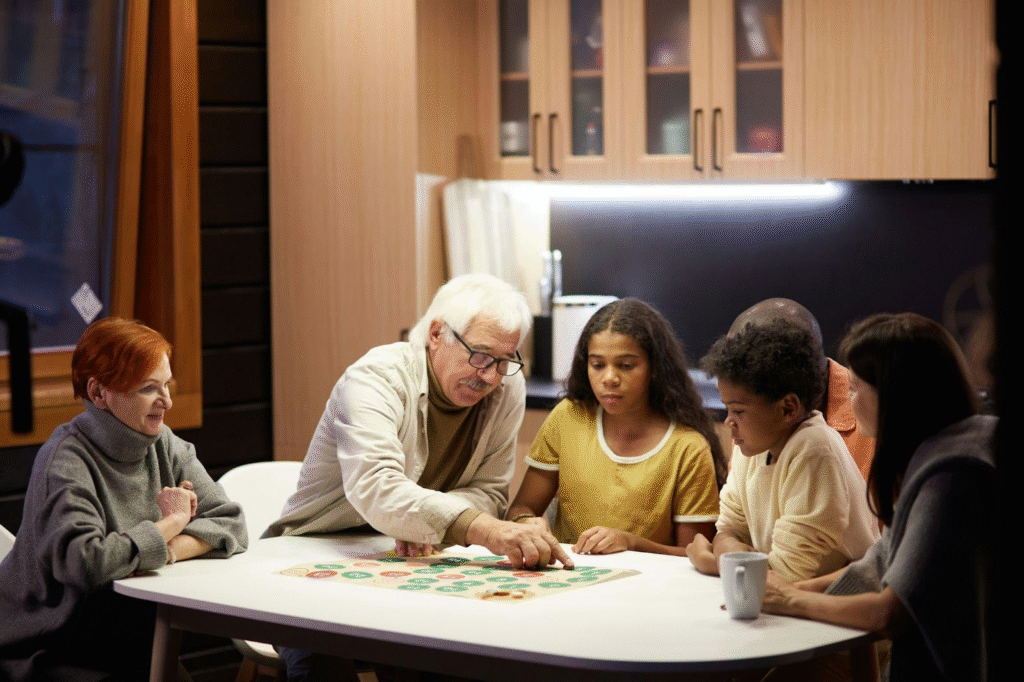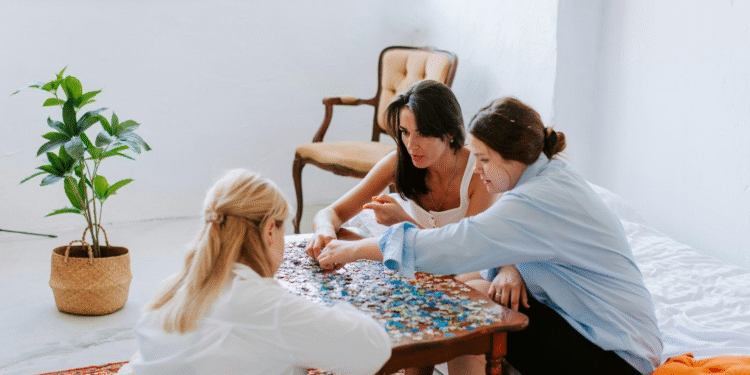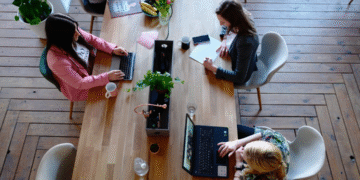Image from Unsplash
In a digital-first world where notifications compete for our every waking second, a quiet movement is making its way back into homes and hearts, analog hobbies. From journaling to puzzles and vinyl records, people are stepping away from screens to reconnect with hands-on enjoyment. Even toys once considered childhood staples, like beyblades, are making their way back into adult lives, rekindling the fun of tactile play and real-world connection.
A Cultural Rewind: The Allure of Simpler Times
Many have started to question the speed at which we live our lives online. The constant scroll, rapid news cycles, and digital overload have created a desire for something slower, something grounded. Classic hobbies offer just that. They provide a way to press pause on the virtual world and re-engage with the physical one.
But this isn’t just about nostalgia. It’s about intentional living. The return to analog isn’t driven solely by memory, but by the craving for meaningful experiences. Building a model train, keeping a bullet journal, or spending an hour spinning tops with friends isn’t a regression, it’s a recalibration.
Physical Interaction Reclaims Its Place
There’s something incredibly rewarding about hobbies that involve using your hands. You feel materials, manipulate tools, and witness a tangible outcome. These small yet satisfying moments provide a sense of presence that’s rare in the digital world.
For children, tactile play develops motor skills and creativity. For adults, it offers stress relief and immersion. Whether you’re painting miniature figurines or engaging in a game with collectible spinning tops, the act itself is calming and engaging.
Creative Fulfillment Without the Algorithm
Unlike social platforms that are driven by likes, shares, and trends, analog hobbies invite you to create for the joy of it. They aren’t curated for performance. You can write, draw, build, or play without judgment, deadlines, or comparison.
This freedom is deeply refreshing. It nurtures personal growth, builds patience, and encourages exploration. The act of doing becomes more important than the outcome, a mindset increasingly lost in the digital race.
Building Offline Communities
One of the unexpected benefits of returning to analog activities is the sense of community that forms around them. Hobbyists gather at local craft fairs, game nights, and swap meets. These aren’t just social events, they’re opportunities to connect without screens, to share interests face-to-face.
People bond over favorite pastimes, whether it’s assembling puzzles, trading collectible toys, or discussing strategies for tabletop games. This shift toward in-person connection reflects a broader cultural desire to step back from isolated scrolling and step into shared experiences.
Mental Health Benefits of Slow Hobbies
Spending time on analog hobbies is not only enjoyable but also good for mental health. These activities are meditative by nature. They slow the mind, improve focus, and create a sense of accomplishment.
In a world where multitasking is seen as a virtue, single-tasking becomes revolutionary. Sitting down to knit a scarf, construct a model, or let a top spin its course invites mindfulness and reduces stress.
Many therapists now recommend analog hobbies as part of lifestyle wellness strategies. The key lies in their simplicity: no pings, no likes, no pressure, just flow.
Teaching the Next Generation to Unplug

Image from Unsplash
Analog joy isn’t just for adults longing for the past. Parents and educators are beginning to introduce these activities to kids as a way to counterbalance screen time. Board games, outdoor play, and collectible toys that require interaction help children develop important social and cognitive skills.
Sharing such hobbies across generations also fosters connection. Playing a round of a favorite childhood game or spinning a top with your child creates moments of joy that aren’t dependent on electricity or Wi-Fi.
Blending Old and New: A Balanced Lifestyle
Of course, this return to analog doesn’t require abandoning the digital world. The two can coexist. Many people blend analog and digital seamlessly, sketching by hand, then digitizing their art, or journaling offline and sharing insights online.
This balance is key. It’s about using technology intentionally while preserving space for creativity, presence, and play in its purest form.
In today’s hyperconnected environment, the greatest luxury might be disconnection. Analog hobbies provide that. They encourage you to slow down, get involved, and find joy in the tangible.
So whether you’re exploring pottery, rediscovering vinyl, or simply spending a few minutes launching beyblades with a friend or your kids, remember: you’re not just having fun, you’re creating a richer, more balanced life.













